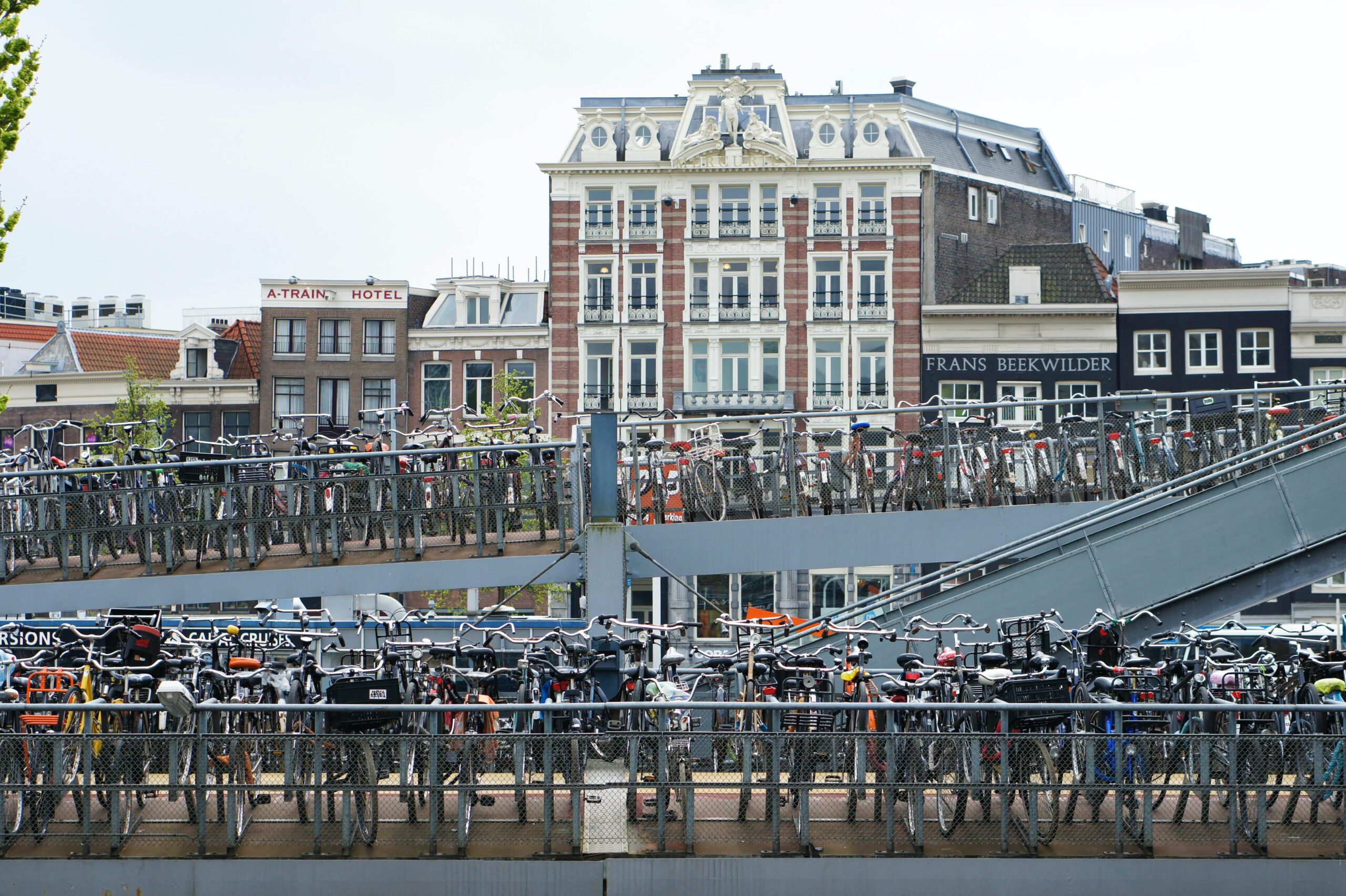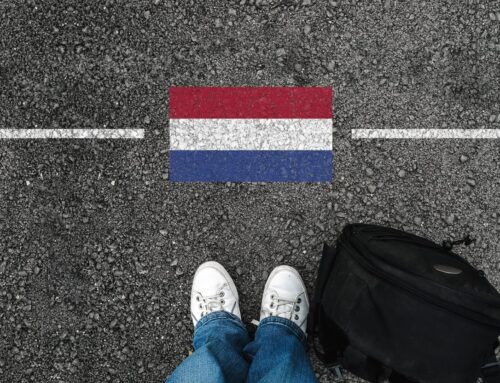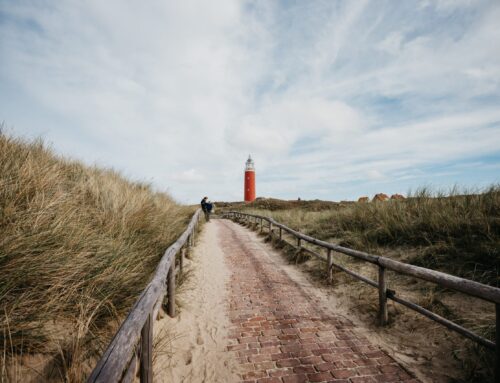In the Netherlands, possessing a bike is pretty essential. Hers’s our tips on how to buy a bike and more importantly on how to decrease your chances of having it stolen.
Fun fact, according to a 2018 report released by the Dutch government, The Netherlands accommodates 17 million inhabitants and 23 million bicycles.
In the Netherlands, a bike is a valuable if not necessary commodity. Nothing new here, what can I say; the stereotypes are true. However, what might be new information is just how common and widespread bike theft is. Here are some tips on how to obtain a bike (the easy bit) and more importantly, how to decrease your chances of having it stolen (the tricky bit).
Let me first prelude this article by mentioning that there are alternatives to buying a bike, such as subscription services like Swapfiets. But if you want to have your own two-wheeler (which saves you money in the long term), read on.
1A new bike is a gone bike
As tempting as a shiny new bicycle can seem, it is a risky, risky move. Why? If it looks shiny and tempting to you, it will stand out as shiny and tempting to bike thieves. New bicycles tend to be very pricy (good luck finding one under 300 euros) and are the first ones to disappear. And the benefits are not so prominent in the Netherlands; it’s flat, and distances are rather short, so a state-of-the-art bike isn’t going to make a mind-blowing difference. Worth the risk? I don’t think so!
2Buy a second-hand bike from an official seller
Now that we agreed that second-hand is the way to go let’s talk about where to get your hands on one. There are three ways to obtain a used bike; (a) buy a stolen bike in a dark alley, (b) buy it from a friend or someone online (Facebook, marktplaats, etc.), (c) buy a second-hand bike from a shop.
While a stolen bike might be the cheapest option, you are participating in the very situation you are trying to avoid here, which is the bike-stealing vicious circle. Then, buying it from an individual is a cheap and ethical option; check Facebook groups and marktplaats for ads (but make sure to give it a test ride before you buy).
Best option? Buy a second-hand bike from your local bike shop. The quality is usually top-notch as they fix it all up before putting it on sale; an old-looking yet smooth-riding bike is really the end goal. But the true benefit of a bike shop purchase is that it comes with a (usually 2 years) warranty, and trust us, that quickly makes up for the initial investment (around 80-100euros).

3Make it hard to steal and hard to sell
My personal rule of thumb is as follows: park your bike next to a better bike with a worse lock. This strategy has had a 100% success rate for me so far. But there are other steps you can take:
- Bike bags: they are not the sexiest accessory, sure, but they are super practical, and they are known to help prevent theft. I am personally #teambikebags all the way.
- Stickers: Stickers are my secret weapon. This idea is to make your bike recognizable and hard to resell, and stickers are a one-stop-shop. No bike-thief wants to remove your stickers manually, they’ll pick another sticker-less bike instead.
- Paint: alternatively, paint your bike a crazy colour. It makes reselling difficult (see above), and I’d expect it makes stealing that bike quite a ballsy choice.
- Double lock: following the strategy of making it just a little harder to steal than the next bike, double-locking it is an effective tactic. Even better is to have a “ringslot” aka that quick-lock around the back wheel, and a chain you can use to attach the bike to a static object in riskier times/areas.
4Be mindful of no-parking zones
This is not directly relevant to theft, but it is very relevant to saving you time, energy and money (talking from personal experience). The Gemeente regularly goes around town, removing bicycles parked in unlawful spots (the signs are rather self-explanatory with a crossed bike icon) and brings them to what I like to call “bike jail”, officially named “fietsdepot”.
Bike jails will post mugshots of the imprisoned bikes online. If your bike appears to have been taken, write down the reference number and go pick it up. The fietsdepot is often located in a really impractical area to access without a bike (how convenient) and will only release your bike upon proof of ownership (i.e. lock key) and after paying bail money, usually 20 euro. So all-in-all, this is not a pleasant experience, totally wouldn’t recommend it.
You now hopefully have the key info to become the happy parent of your own Dutch bike. Get out there and ride safely!




